Varicose veins are swollen, twisted veins that appear just under the surface of the skin, usually in the legs. They can cause discomfort, pain, and a feeling of heaviness, often due to poor circulation, prolonged standing, or genetic factors. Yoga, with its gentle stretches and calming practices, can help alleviate the symptoms of varicose veins by improving circulation, reducing swelling, and providing relief from pain. Let’s explore the top yoga poses and practices to help manage varicose veins.
1. Viparita Karani (Legs-Up-the-Wall Pose):
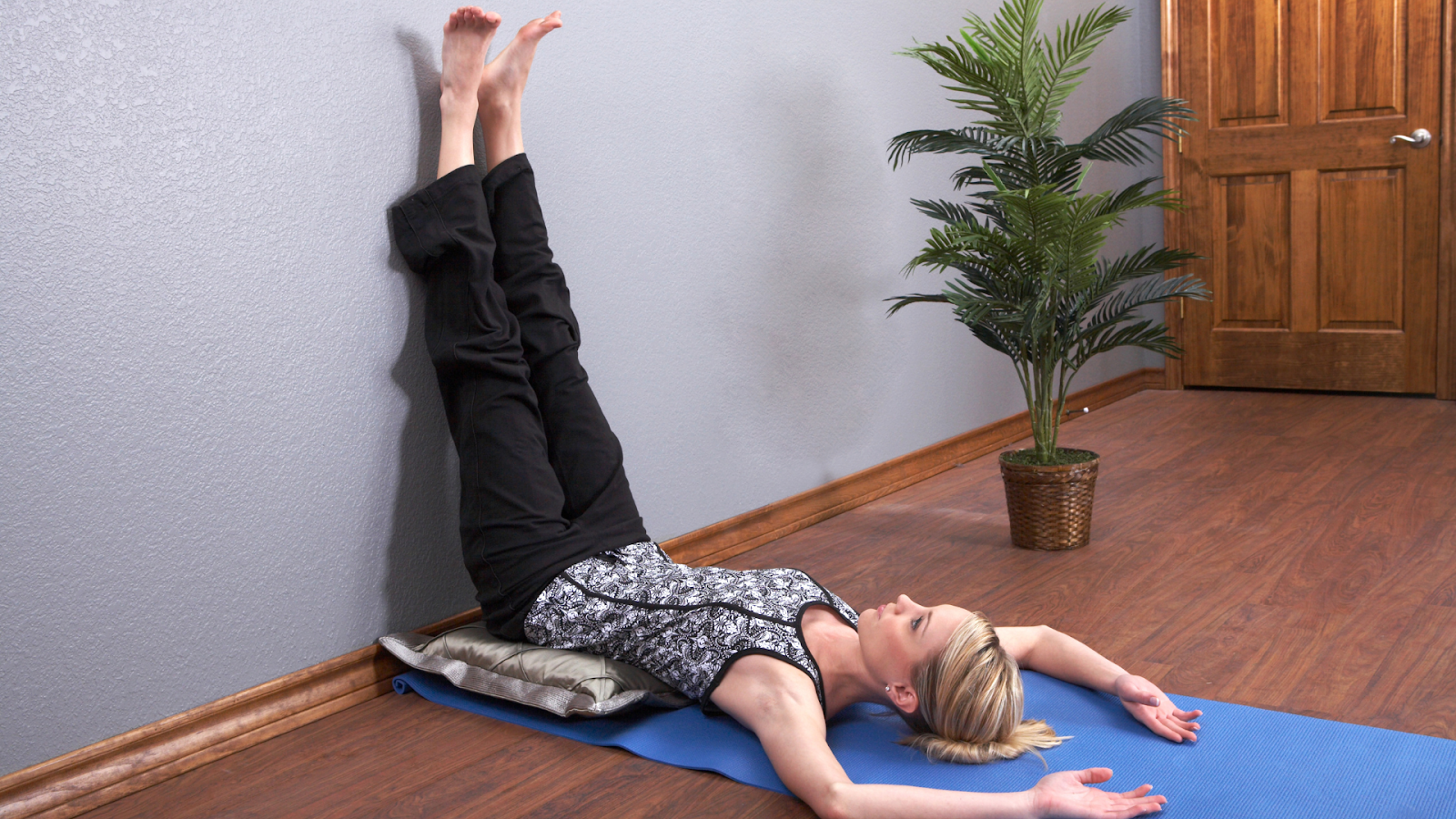
Viparita Karani is one of the most effective poses for varicose veins. By elevating the legs, this restorative pose encourages blood flow from the legs back toward the heart, reducing swelling and alleviating discomfort. It also provides a sense of relaxation, calming the nervous system.
How to Practice Viparita Karani:
- Lie on your back with your buttocks close to a wall.
- Extend your legs up against the wall, keeping them straight.
- Rest your arms by your sides with palms facing up.
- Close your eyes and breathe deeply, holding the pose for 5-10 minutes.
2. Sarvangasana (Shoulder Stand):
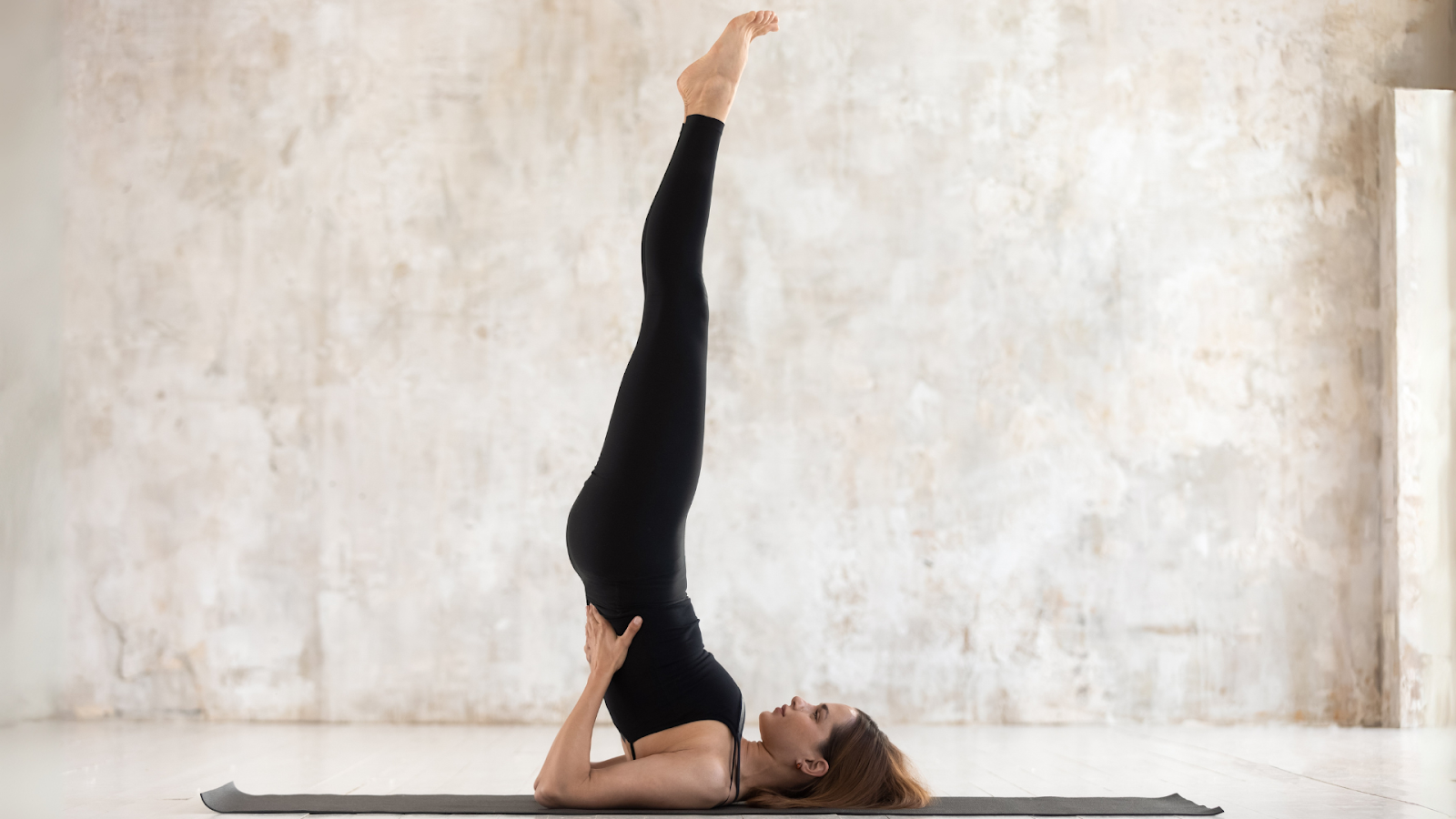
Sarvangasana, or Shoulder Stand, is a powerful inversion that improves circulation by directing blood flow from the lower extremities back to the heart. It helps reduce the pooling of blood in the legs and relieves pressure on the veins.
How to Practice Sarvangasana:
- Lie on your back and lift your legs up toward the ceiling.
- Support your lower back with your hands and lift your hips off the ground.
- Align your body vertically, keeping your legs straight.
- Hold the pose for 1-2 minutes while breathing deeply, then gently lower your legs back down.
3. Pawanmuktasana (Wind-Relieving Pose):
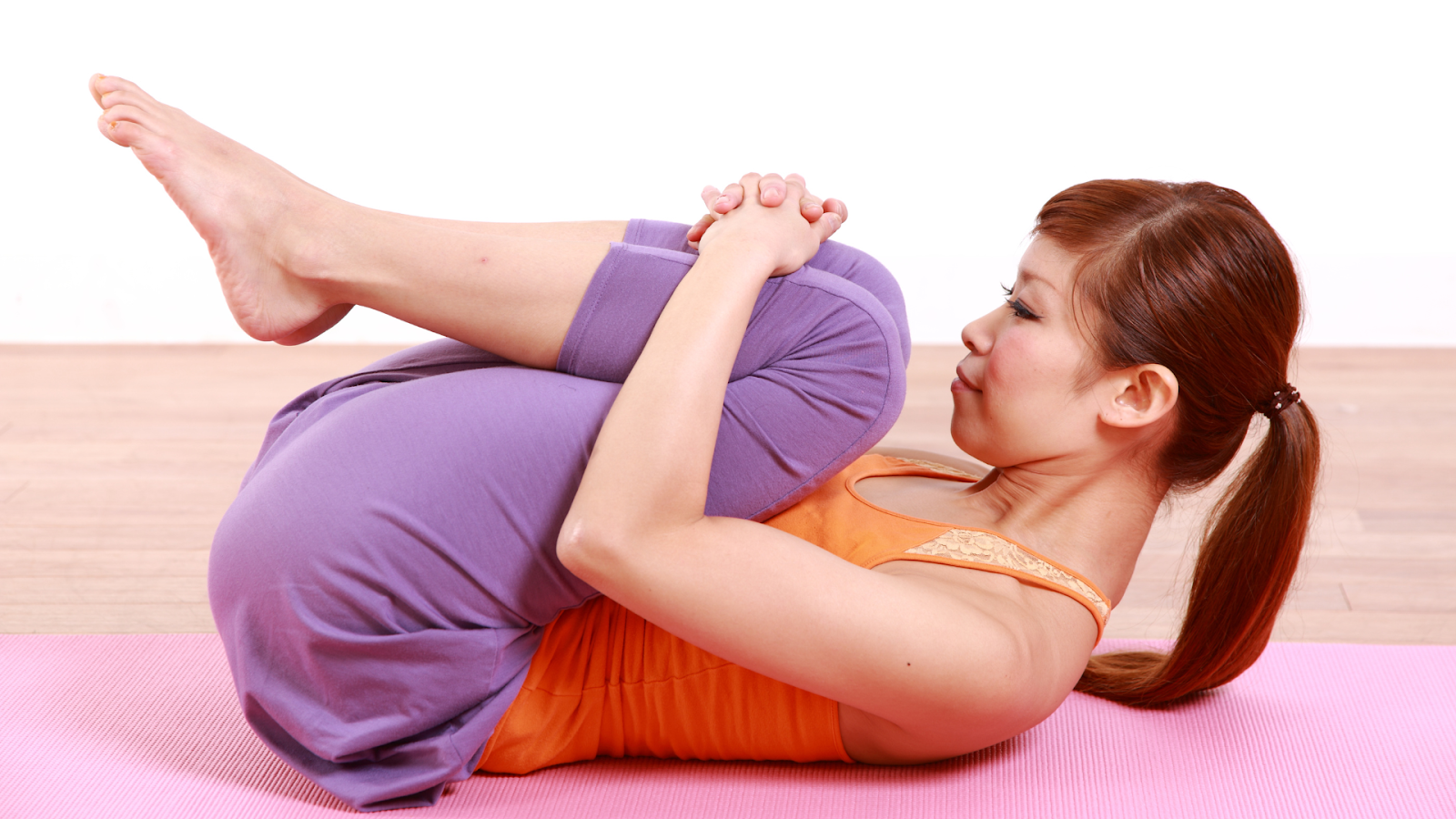
Pawanmuktasana helps improve digestion and circulation, both of which can indirectly benefit those suffering from varicose veins. It stretches the legs and abdominal area, promoting better blood flow.How to Practice Pawanamuktasana:
- Lie on your back with your legs extended.
- Bring one knee toward your chest, clasping your hands around your shin.
- Hold the pose for 20-30 seconds, then switch to the other leg.
- Repeat with both legs drawn to the chest for an enhanced stretch.
4. Uttanasana (Standing Forward Bend):

Uttanasana, or Standing Forward Bend, provides a gentle stretch for the hamstrings and calves while encouraging circulation in the legs. This pose also helps relieve tension and fatigue.How to Practice Uttanasana:
- Stand with your feet hip-width apart.
- Slowly bend forward from the hips, reaching your hands toward the floor.
- Keep your knees slightly bent if needed to avoid strain.
- Hold the pose for 30 seconds to 1 minute, breathing deeply.
5. Gomukhasana (Cow-face Pose):
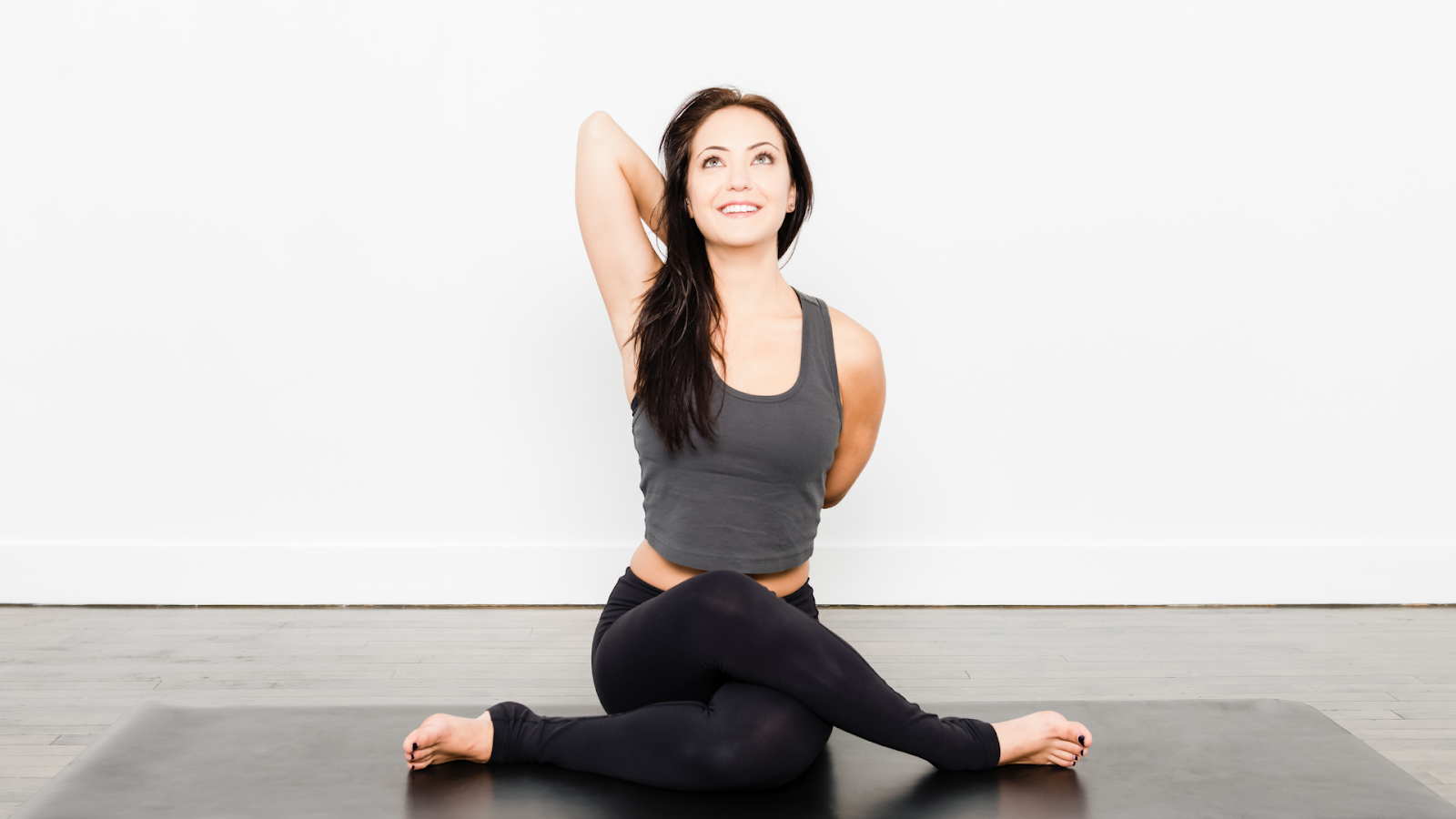
Gomukhasana helps open the hips and stretch the legs, relieving tension and promoting blood flow. This pose also stretches the shoulders and chest, improving posture and circulation in the upper body.How to Practice Gomukhasana:
- Sit with your legs extended in front of you.
- Bend your left knee and bring your left foot under your right thigh.
- Bend your right knee and stack it on top of your left, so both knees are aligned.
- Reach your left arm behind your back and your right arm over your head, clasping your hands behind you (or using a strap if needed).
- Hold the pose for 30 seconds to 1 minute, then switch sides.
6. Vajrasana (Thunderbolt Pose): Vajrasana is a seated pose that helps improve digestion and blood circulation in the lower body, particularly in the legs. It is the only yoga asana that can be practiced immediately after a meal, making it beneficial for overall health and well-being.How to Practice Vajrasana:
- Kneel on the floor with your knees together and sit back on your heels.
- Rest your hands on your thighs with your palms facing down.
- Keep your back straight and gaze forward.
- Breathe deeply and stay in the pose for 5-10 minutes, focusing on your breath.
7. Supta Padangusthasana (Reclined Hand-to-Big-Toe Pose):
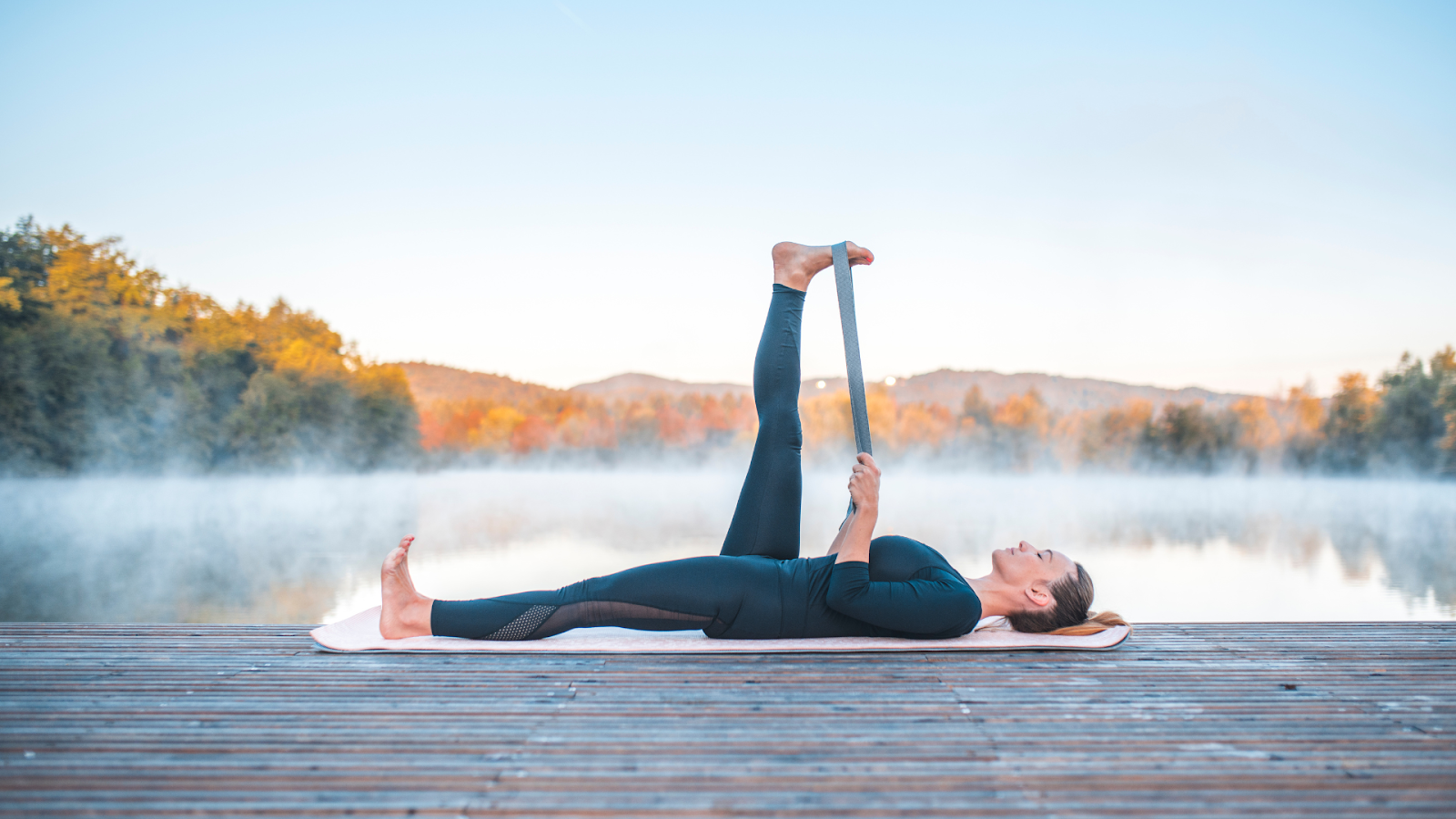
This pose stretches the hamstrings and calves, promoting better blood flow and flexibility in the legs. Supta Padangusthasana is beneficial for those with varicose veins as it relieves strain from the legs. How to Practice Supta Padangusthasana:
- Lie on your back and extend one leg.
- Lift the other leg, holding the big toe with your hand or using a strap.
- Keep the raised leg straight, stretching the hamstrings.
- Hold for 1-2 minutes and repeat on the other side.
8. Baddha Konasana (Bound Angle Pose): Baddha Konasana opens the hips and improves circulation in the lower body. This seated pose also helps to stretch the inner thighs and groin area.How to Practice Baddha Konasana:
- Sit on the floor with your legs extended.
- Bend your knees and bring the soles of your feet together.
- Hold your feet with your hands, gently pressing your knees toward the ground.
- Stay in the pose for 1-2 minutes while breathing deeply.
9. Savasana (Corpse Pose):
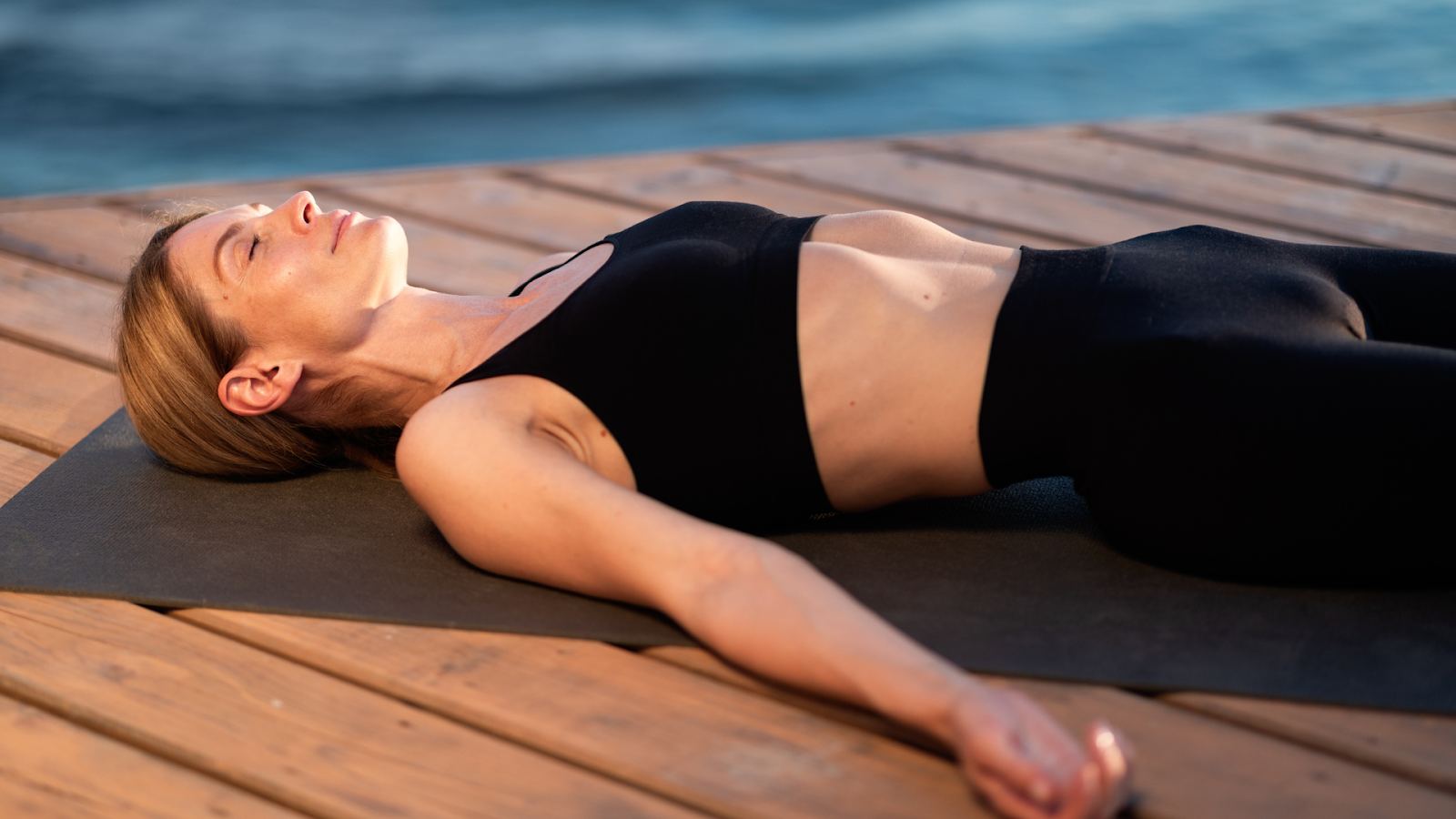
Savasana is a restorative pose that promotes relaxation and reduces stress, which can help improve overall circulation. This pose encourages the body to rest and heal.How to Practice Savasana:
- Lie on your back with your legs and arms relaxed.
- Close your eyes and focus on your breath.
- Stay in this pose for 5-10 minutes, allowing your body to completely relax.
10. Paschimottanasana (Seated Forward Bend):
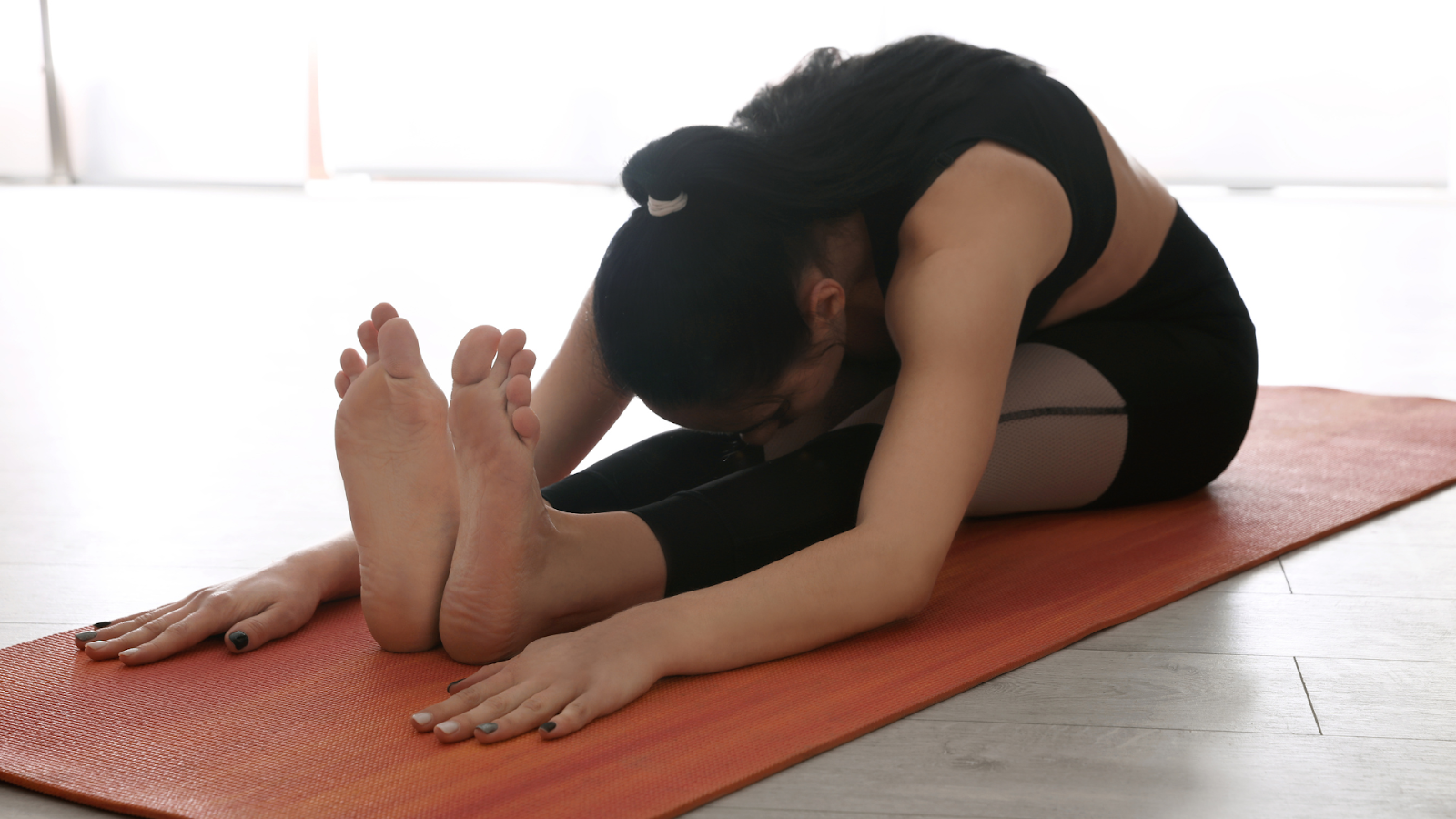
Paschimottanasana stretches the back of the legs, improving circulation and flexibility. It helps release tension and calm the mind, promoting overall well-being. Paschimottanasana is one of the most impactful yoga poses to release stress and tension. How to Practice Paschimottanasana:
- Sit with your legs extended straight in front of you.
- Inhale, lengthen your spine, and exhale as you fold forward from the hips.
- Reach for your feet or shins, keeping your back straight.
- Hold the pose for 1-2 minutes, breathing deeply.
Other Beneficial PracticesApart from yoga poses, incorporating breathing exercises and meditation can further help manage varicose veins
- Yoga Nidra: A guided relaxation technique that relaxes the body and mind, reducing stress and improving circulation. Yoga Nidra is extremely beneficial for pain management, soothing the nervous system and relaxing the mind.
- Meditation: Regular meditation can help manage stress levels, which can contribute to better circulation and overall health. Meditation also improves mental strength and the ability to manage pain.
- Nadi Shodhana (Alternate Nostril Breathing): This pranayama practice balances the nervous system and improves oxygen flow throughout the body. Nadi Shodhana is a purifying pranayama technique that removes blockages and toxins from the body.
- Kapal Bhati (Skull-Shining Breath): This cleansing pranayama technique boosts circulation and detoxifies the body. It boosts energy and improves the flow of Prana.
- Ujjayi Pranayama (Victorious Breath): This breathing technique enhances oxygen flow, calms the mind, and improves circulation. Ujjayi is also a very soothing and relaxing pranayama technique.
Incorporating these yoga poses and practices into your daily routine can provide relief from varicose veins by improving circulation, reducing swelling, and alleviating discomfort. Consistent practice, along with a healthy lifestyle, can significantly help manage and reduce the symptoms of varicose veins, promoting overall well-being and comfort. Remember to practice under the guidance of a qualified yoga instructor to practice safely and reap maximum benefits. Practice yoga with an experienced yoga teacher on Shvasa to manage pain. Meta Description: Explore the best yoga poses for varicose veins. Relieve pain and swelling, and improve blood circulation with these yoga poses. Summary: Explore the top yoga poses and practices to help manage varicose veins. Alleviate the symptoms of varicose veins by improving circulation and reducing swelling. FAQs:
- How does yoga help with Varicose veins?
Yoga, with its gentle stretches and calming practices, can help alleviate the symptoms of varicose veins by improving circulation, reducing swelling, and providing relief from pain.
- What are the top yoga poses to get relief from Varicose veins?
Practice Viparita Karani, Sarvangasana, Pawanamuktasana, Paschimottanasana, Uttanasana and more to get relief from varicose veins.
- Why is meditation helpful for pain relief?
Regular meditation can help manage stress levels, which can contribute to better circulation and overall health. Meditation also improves mental strength and the ability to manage pain.















.jpg)
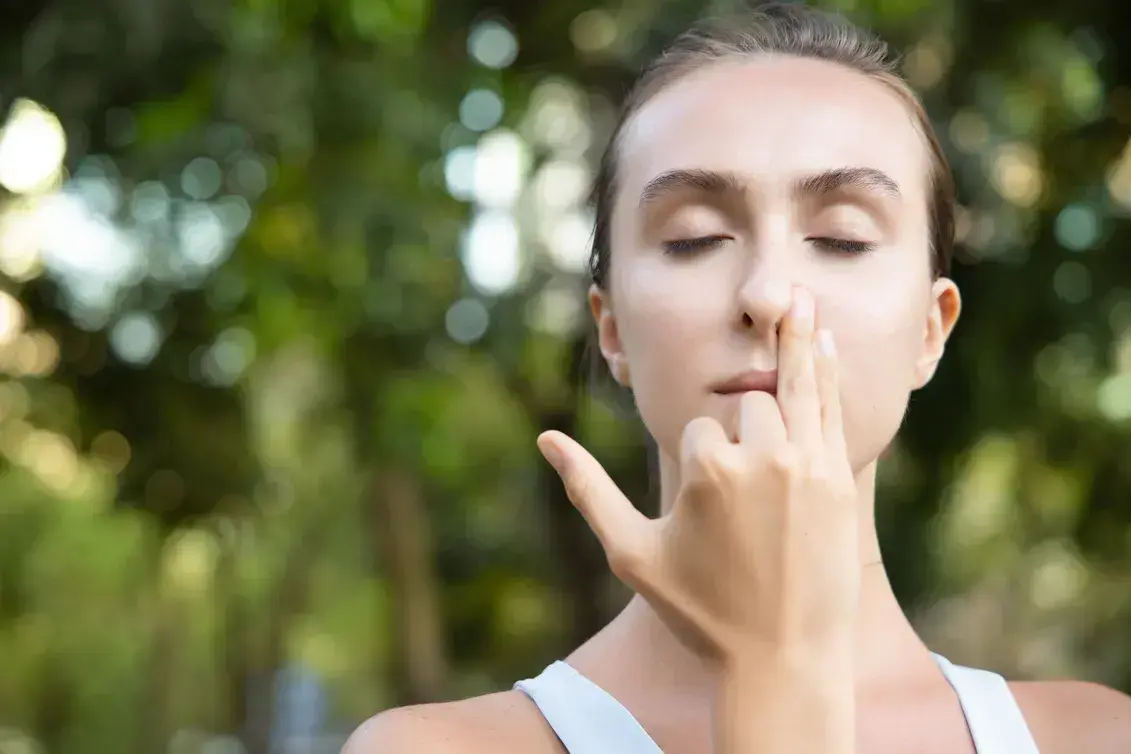
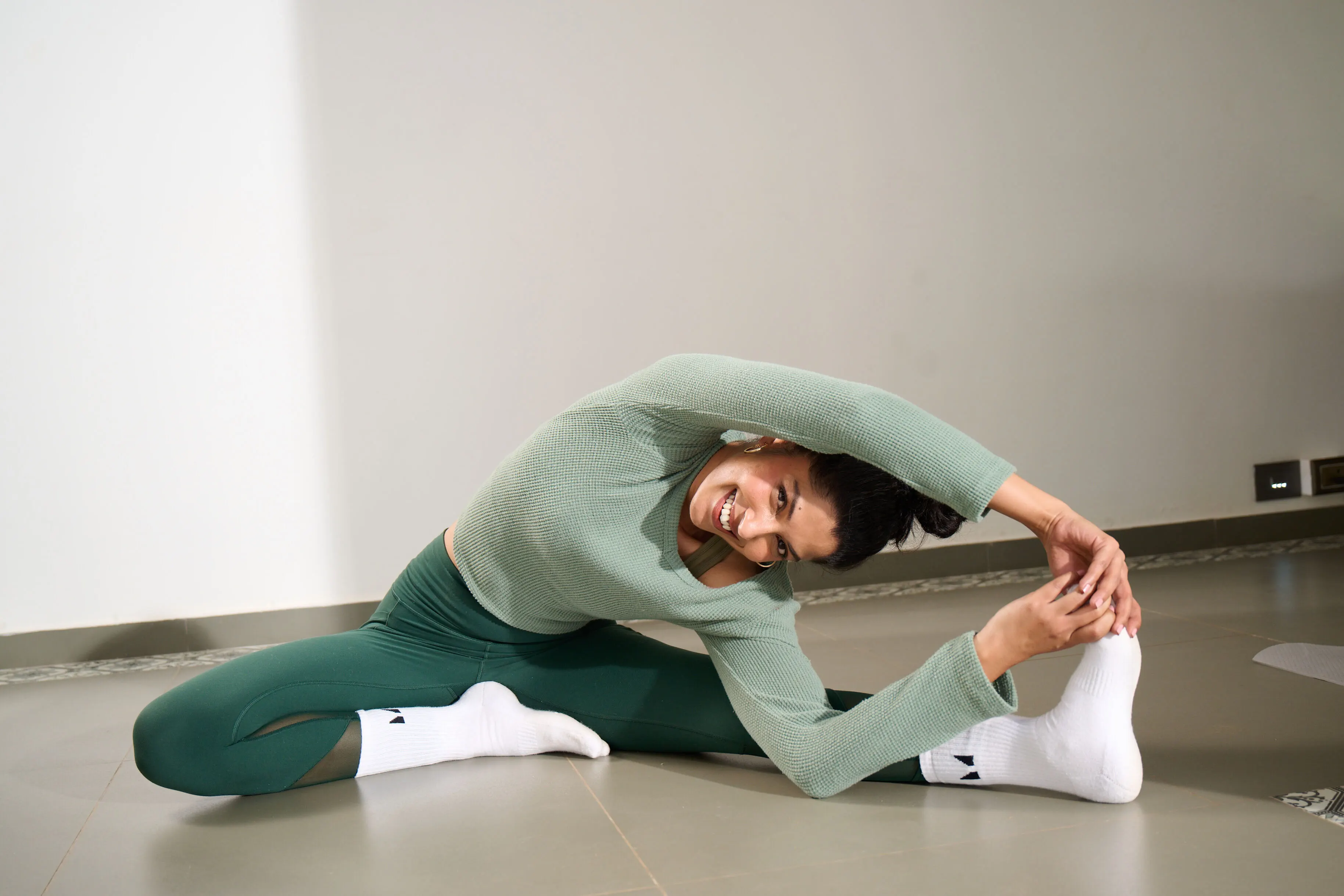










%201.png)

%201.svg)






%201.svg)